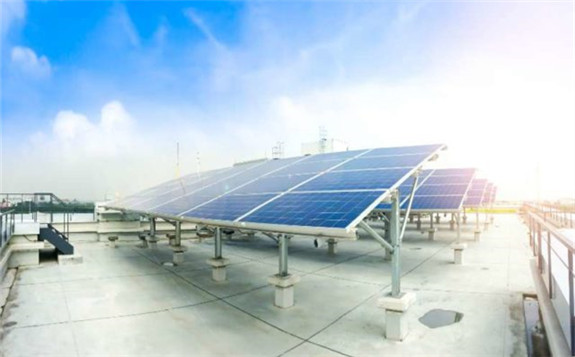
One of the solar pioneers in the country is Yoma Micro Power. It specialises in solar-powered generation and micro-grid distribution. Each of its 51 micro plants can power a small town and its surrounding areas. By the end of 2019, Yoma Micro Power plans to build 200 more solar power plants, towards a total of 2000 by 2022.
GovInsider spoke with CEO Alakesh Chetia about the advantages of going off the grid, and how solar microgrids are kicking off a decentralised energy revolution in Myanmar.
Micro-grids
Myanmar has one of the lowest electrification rates in Asia. 40% of households are not connected to the national grid, and of those, 4 million do not have access to any electricity. Although the government has made bold promises for universal electrification by 2030, grid expansion is slow and expensive. Even after the grid is expanded, the distribution network still has to be built – the cost of which is not covered by the government.
The smaller solar power plants are quicker to build, Chetia says, compared to the years of waiting for the national grid. “From the time you order materials and they arrive in Myanmar, through to commissioning the power plant, you’re looking at for four to five months.”
After the micro solar power plant has been built, it is linked to consumers in the surrounding village through a micro distribution grid which can be easily expanded in the future. Yoma Micro Power uses a back-up diesel generator and batteries to ensure reliable power.
The flexibility of micro solar plants also puts it ahead of other renewable energy options, such as hydropower, which dominates Myanmar’s energy mix at 65% of generated electricity. “The gestation period of a large hydro project is anywhere from five to 10 years,” explains Chetia. There are also the significant downsides of environmental damage and displacement of people required to build a large dam. “Instead of building a mega-plant and transporting all the power, you can build many small plants near the point of consumption.”